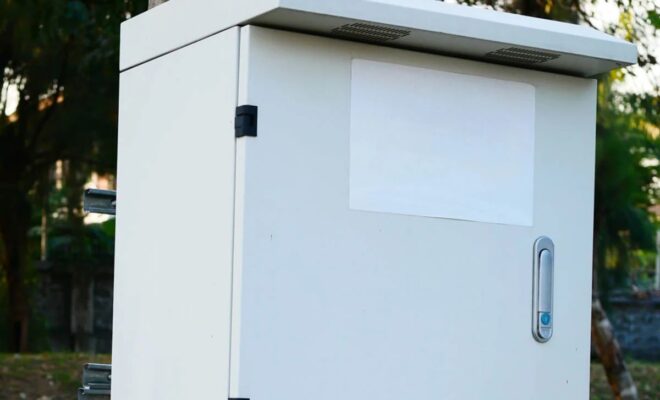Enhancing Electrical Enclosures: A Look at Saginaw’s SCE-60EL2418FS and Square-D H366

In the realm of electrical installations, the integrity and reliability of enclosures play a pivotal role in protecting equipment and ensuring safety. Among the leading solutions in this domain, Saginaw’s SCE-60EL2418FS and Square-D’s Square-D H366 stand out for their robust features designed to offer optimal protection and durability. These enclosures not only safeguard electrical components from environmental hazards but also enhance system reliability and longevity.
The Importance of Quality Electrical Enclosures
Electrical enclosures serve as the first line of defense against various environmental factors, including moisture, dust, and mechanical impact. They house critical electrical and electronic equipment, ensuring operational safety and reliability. The choice of enclosure can significantly impact the protection level offered to the contained components and, by extension, the overall system’s performance.
Saginaw SCE-60EL2418FS: Durability Meets Functionality
Saginaw’s SCE-60EL2418FS is engineered to meet the demands of challenging industrial environments. This enclosure features a robust construction, designed to withstand harsh conditions while providing a secure housing for electrical components.
- Material Excellence: Constructed from durable materials, it offers superior resistance to corrosion and environmental impact, ensuring long-term reliability.
- Design Precision: The thoughtful design includes features such as easy-access doors and mounting options, facilitating installation and maintenance while ensuring comprehensive protection for housed components.
Square-D H366: Advanced Protection for Electrical Systems
Square-D’s H366 enclosure is synonymous with quality and reliability. Known for its advanced features, this enclosure is tailored for applications requiring high levels of protection and security.
- Safety First: With a focus on safety, the H366 is designed to meet stringent industry standards, ensuring that it can protect sensitive equipment in virtually any environment.
- Versatile Applications: This enclosure is suitable for a wide range of applications, from commercial buildings to industrial settings, offering flexibility in use and installation.
Key Considerations for Choosing Electrical Enclosures
Selecting the right electrical enclosure involves several critical considerations:
- Environmental Conditions: Assessing the specific environmental challenges (e.g., moisture, dust, temperature extremes) the enclosure will face is crucial for choosing a model that can provide adequate protection.
- Material and Construction: The material and construction quality directly impact the enclosure’s durability and the level of protection it offers. Stainless steel, polycarbonate, and fiberglass are among the common materials, each with its advantages.
- Compliance and Standards: Enclosures should comply with relevant industry standards and certifications, ensuring they meet the necessary safety and performance criteria.
Embracing Innovation in Electrical Enclosures
The advancements represented by models like Saginaw’s SCE-60EL2418FS and Square-D’s H366 reflect the ongoing innovation in electrical enclosure technology. These products embody the industry’s move towards more reliable, durable, and versatile solutions, capable of meeting the complex requirements of modern electrical systems.
By integrating such advanced enclosures into their installations, professionals can significantly enhance the protection and efficiency of electrical systems. The emphasis on quality, safety, and adaptability ensures that these solutions can support the evolving needs of industries, providing a foundation for secure and efficient operations.
In conclusion, the development of electrical enclosures like Saginaw’s SCE-60EL2418FS and Square-D’s H366 represents a critical step forward in building automation and electrical system design. These enclosures are not just about housing and protecting components; they are about ensuring the reliability and safety of electrical installations in an increasingly demanding operational landscape.







